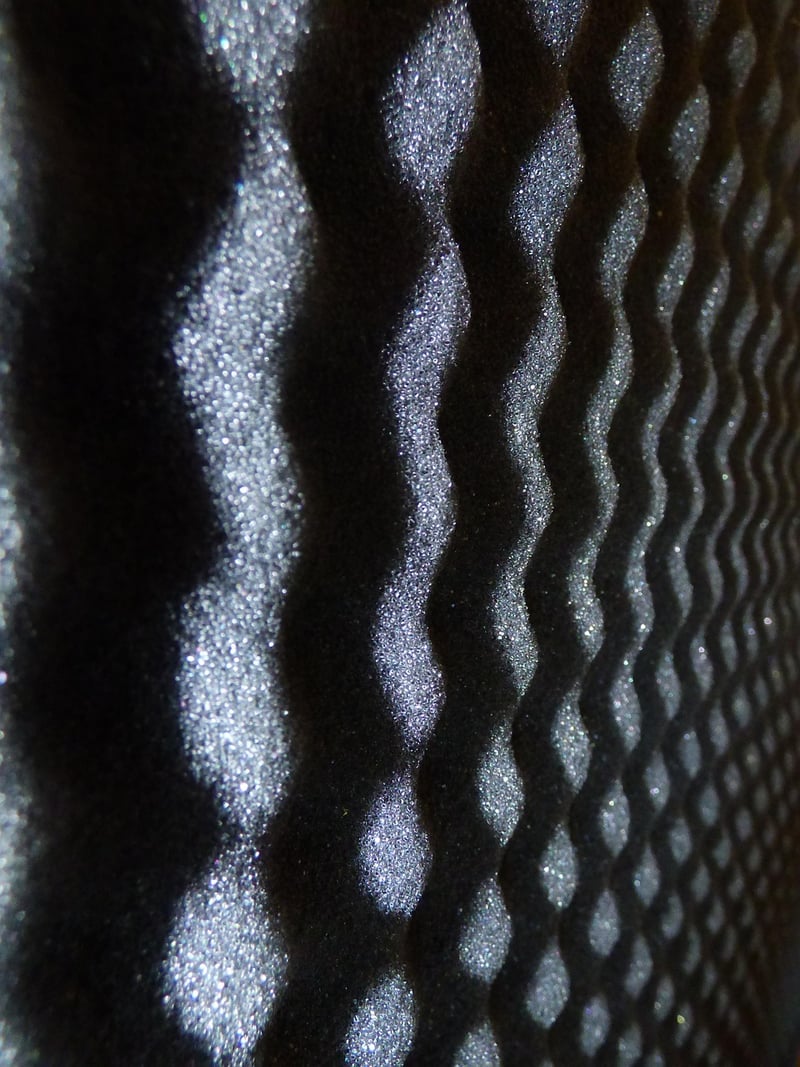Sound Reflection Principles
Dive into Sound Dynamics and Sound Reflection Principles
Sound dynamics and reflection principles play a crucial role in shaping our auditory experiences and understanding how sound behaves in different environments. Whether you are a music enthusiast, an audio engineer, or simply curious about the science behind sound, delving into these concepts can provide fascinating insights into the world of acoustics.
Understanding Sound Dynamics
Sound dynamics refer to the variations in sound intensity or volume over time. This aspect of sound is essential in creating a sense of depth, emotion, and realism in music and other audio productions. The dynamic range of a sound signal determines how loud or soft it can get, contributing to the overall quality of the listening experience.
Dynamic markings in music notation, such as pianissimo (very soft) and fortissimo (very loud), indicate the intended volume levels for different parts of a musical piece. Mastering sound dynamics is crucial for musicians and audio engineers to convey the intended emotions and nuances in a composition effectively.
Exploring Sound Reflection Principles
Sound reflection is the phenomenon where sound waves bounce off surfaces when they encounter obstacles in their path. Understanding sound reflection principles is vital for creating optimal listening environments, designing acoustically sound spaces, and minimizing unwanted echoes or reverberations.
Materials with different acoustic properties, such as absorbent materials like curtains or foam and reflective surfaces like glass or concrete, can affect how sound waves reflect within a room. By strategically placing acoustic panels or diffusers, sound engineers can control sound reflections to enhance clarity, reduce distortion, and create a more immersive listening experience.
Conclusion
Sound dynamics and reflection principles are integral components of acoustics that influence how we perceive and interact with sound. By mastering these concepts, musicians, audio engineers, and sound enthusiasts can elevate the quality of audio productions, design optimal listening environments, and appreciate the intricate interplay between sound and space.
Explore the fascinating world of sound dynamics and reflection principles to deepen your understanding of sound and unlock new possibilities in the realm of audio.


Learn more about sound dynamics and reflection at Sound on Sound.
